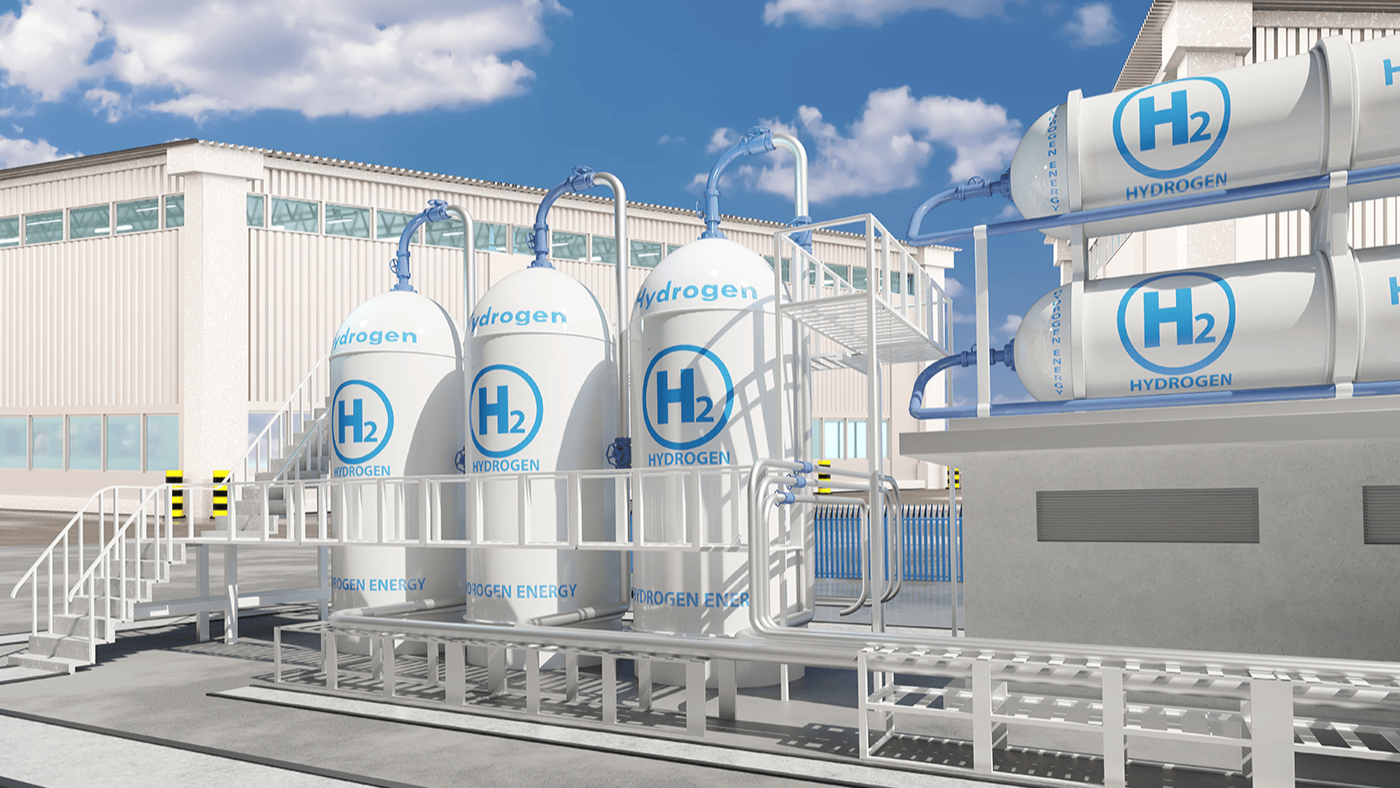Scotland's Path to Green Hydrogen Leadership: Energy Hubs Report Unveiled
Key Ideas
- The Energy Hubs report by NZTC aims to scale Scotland's hydrogen production and establish it as a leading green hydrogen exporter.
- Recommendations include investing in next-gen technologies, enhancing electrolyser efficiency, developing energy storage, and exploring alternative fuels.
- Phase two will focus on challenges of hydrogen production and the concept of a 'Super Hub' to optimize performance and competitive export potential.
- The Energy Hubs Project, backed by the Scottish Government's ETF, aims to support the Hydrogen Backbone Link to export hydrogen to Europe.
The Net Zero Technology Centre (NZTC) in Scotland has launched the 'Energy Hubs: Fill the Backbone' report, outlining recommendations to boost Scotland's hydrogen production capacity and position the country as a major green hydrogen exporter. Phase one of the Energy Hubs project examined infrastructure, investments, and innovations to support large-scale energy hubs with a potential of reaching 35 GW of hydrogen production by 2045. The report suggests rapid investment in next-gen technologies, improving electrolyser efficiency, developing energy storage facilities, and optimizing energy integration within hubs. Phase two will explore challenges in hydrogen production and the idea of a 'Super Hub' to enhance performance through the integration of multiple hubs. The project, funded by the Scottish Government's Energy Transition Fund and industry, aligns with NZTC's 'Hydrogen Backbone Link' project aiming to export hydrogen to Europe. Partners like Shell, Wood, and Subsea 7 support the initiative to establish Scotland as a key player in the green hydrogen market.
